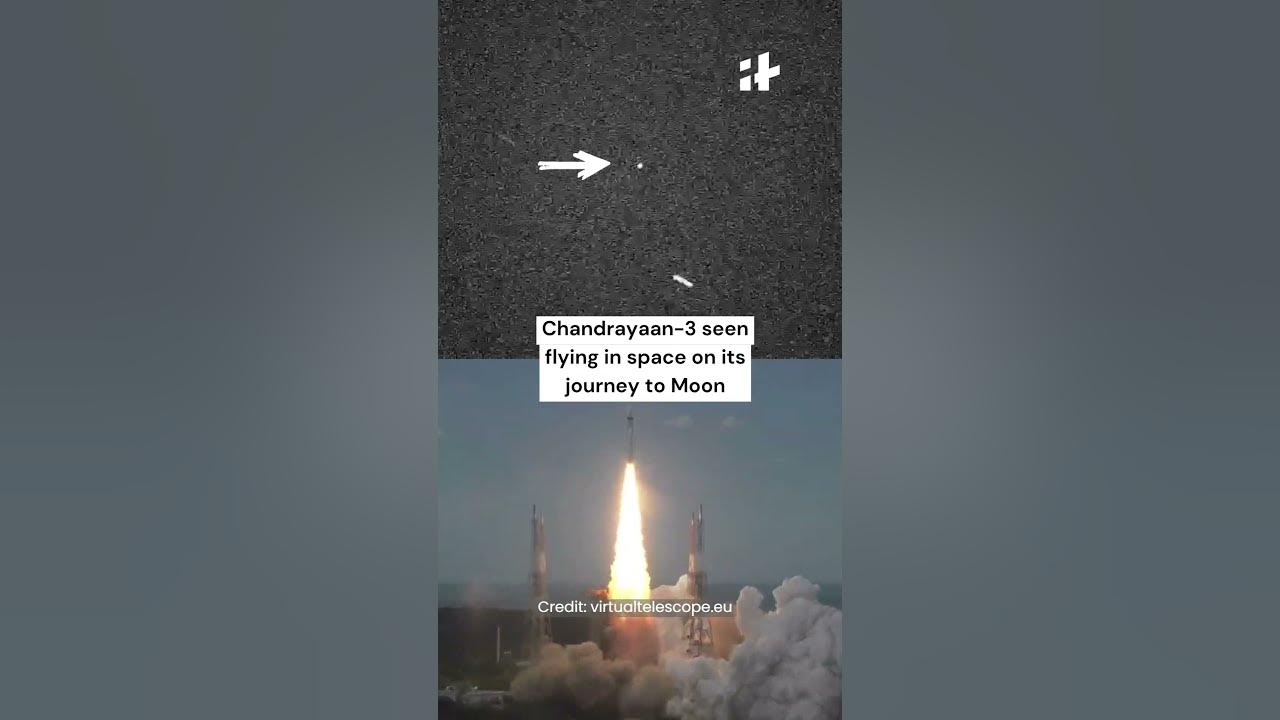The Chandrayaan-3 spacecraft from India was travelling through space on its way to the Moon when an incredible video of it was caught by the Virtual Telescope Project, situated in Manciano, Italy. The spacecraft appeared like a dot, as was seen moving ahead in the video, at an altitude of 341 kilometers from Earth.
With this most recent capture, the Virtual Telescope Project, well known for its real-time coverage and dissemination of key astronomical occurrences, has once again proven its prowess.
Advertisement
A number of cutting-edge telescopes, one of which is located in Manciano, Italy, are used in capturing the journey of space missions.
Chandrayaan-3 is an ambitious effort to explore the lunar surface that was launched from Sriharikota, India on July 11. In order to progressively raise its speed and position itself for lunar insertion, the spacecraft uses a sequence of Earth orbits and engine burns during its route to the Moon. The Virtual Telescope Project’s video footage amply demonstrated this novel strategy.
The spacecraft’s voyage into space is depicted in the video. In contrast to the immense background of space, Chandrayaan-3 appears as a dot moving quickly.
On August 23, 2023, the Chandrayaan-3 mission is anticipated to successfully land on the lunar surface. The entire world will be watching as the spacecraft continues its trip.
Chandrayaan-3 is a follow-on mission to Chandrayaan-2 to demonstrate India’s capability in safe landing and roving on the moon’s surface. It consists of an indigenous Lander module (LM), Propulsion module (PM) and a Rover. The Lander has the capability to land softly at a specified lunar site and deploy the Rover which will carry out in-situ chemical analysis of the moon‘s surface during the time it is present on the moon’s surface.
The role of ground-based observations remains vital in chronicling these travels and motivating upcoming generations of astronomers and scientists as human minds push the boundaries of space exploration.











